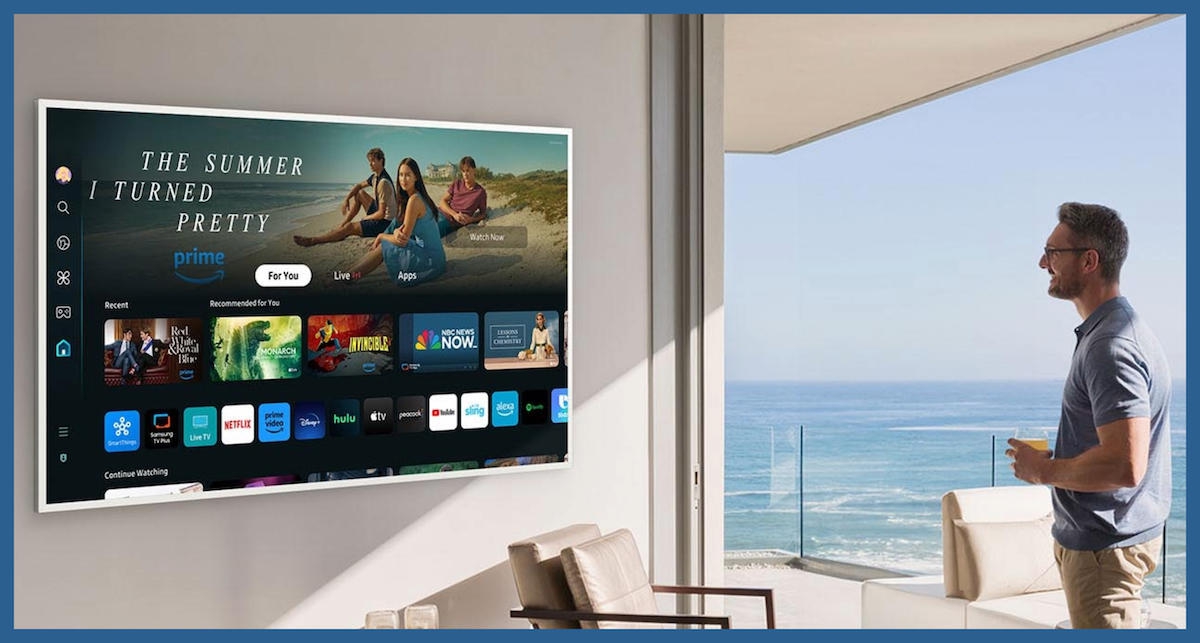In the dynamic world of advertising, Direct Response Television (DRTV) has emerged as a powerful tool for driving immediate consumer action. Unlike traditional TV commercials that aim primarily to build brand awareness, DRTV ads are designed to prompt viewers to take specific actions, such as calling a toll-free number, visiting a website, or making an immediate purchase. This blog post delves into the effectiveness of DRTV, its benefits, and best practices for creating successful direct response campaigns.
What is Direct Response Television (DRTV)?
Direct Response Television (DRTV) is a form of television advertising that encourages viewers to take immediate action in response to an ad. This type of advertising typically features a clear call-to-action (CTA), such as a phone number or website, and aims to generate a direct response from the audience. DRTV campaigns often include infomercials, short-form commercials, and promotional spots that highlight the benefits of a product or service and drive viewers to act quickly.
Why Choose DRTV Advertising?
1. Measurable Results
One of the key advantages of DRTV is its ability to deliver measurable results. Unlike traditional TV ads that focus on brand awareness and may not provide immediate feedback, DRTV campaigns are designed to track direct responses. By monitoring metrics such as call volume, website traffic, and conversion rates, businesses can gauge the effectiveness of their campaigns and make data-driven decisions to optimize performance.
2. Immediate Consumer Action
DRTV is specifically crafted to prompt immediate consumer action. The clear and compelling calls-to-action, combined with limited-time offers or special promotions, create a sense of urgency that drives viewers to respond quickly. This immediacy can lead to increased sales and conversions, making DRTV a powerful tool for businesses looking to generate quick results.
3. Targeted Audience Reach
DRTV campaigns can be strategically targeted to reach specific demographics and audience segments. By selecting appropriate TV channels, time slots, and programming, businesses can ensure their ads reach viewers who are most likely to be interested in their products or services. This targeted approach enhances the effectiveness of the campaign and increases the likelihood of generating a positive response.
4. Cost-Effective Advertising
Compared to other forms of direct marketing, DRTV can be a cost-effective option. While the production and airtime costs for DRTV ads can vary, the ability to generate immediate responses and track performance often results in a higher return on investment (ROI). Additionally, DRTV allows for scalability, enabling businesses to adjust their spending based on campaign performance and budget considerations.
Best Practices for Successful DRTV Campaigns
1. Craft a Compelling Call-to-Action
The call-to-action (CTA) is the cornerstone of any successful DRTV campaign. It should be clear, concise, and compelling, providing viewers with a straightforward way to respond. Whether it’s calling a toll-free number, visiting a website, or taking advantage of a special offer, the CTA should create a sense of urgency and make it easy for viewers to take the desired action. Make sure the CTA is prominently featured and repeated throughout the ad to reinforce the message.
2. Develop Engaging and Persuasive Content
Effective DRTV ads rely on engaging and persuasive content that captures viewers’ attention and motivates them to act. Focus on highlighting the unique benefits of the product or service, addressing common pain points, and presenting a clear solution. Use testimonials, demonstrations, and success stories to build credibility and trust. The content should be well-structured, with a strong opening, clear message, and memorable closing.
3. Leverage A/B Testing
A/B testing is a valuable technique for optimizing DRTV campaigns. By creating and testing different versions of the ad, including variations in the CTA, messaging, and visuals, businesses can identify which elements are most effective in driving responses. A/B testing allows for data-driven decision-making and helps refine the ad to achieve the best possible results.
4. Optimize Ad Placement and Timing
Strategic ad placement and timing are crucial for maximizing the effectiveness of a DRTV campaign. Choose TV channels, time slots, and programming that align with your target audience’s viewing habits and preferences. Consider factors such as demographics, interests, and viewing times to ensure the ad reaches the right viewers. Additionally, monitor performance and adjust ad placement as needed to optimize results.
5. Track and Analyze Performance
Ongoing tracking and analysis are essential for measuring the success of a DRTV campaign. Monitor key performance metrics, such as response rates, conversion rates, and ROI, to evaluate the effectiveness of the ad. Use analytics to gain insights into viewer behavior, identify trends, and make data-driven adjustments. Regular performance analysis helps ensure the campaign remains effective and delivers the desired outcomes.
The Impact of DRTV on Business Success
DRTV advertising can have a significant impact on business success by driving immediate consumer action and generating measurable results. Successful DRTV campaigns can lead to increased sales, higher engagement rates, and improved brand recognition. By leveraging the power of direct response TV, businesses can achieve their marketing goals, reach their target audience, and stand out in a competitive marketplace.
Conclusion
Direct Response Television (DRTV) offers a powerful solution for businesses looking to drive immediate consumer action and achieve measurable results through television advertising. With its ability to deliver clear and compelling calls-to-action, track performance, and reach targeted audiences, DRTV is an effective tool for generating quick responses and boosting sales. By following best practices and leveraging the expertise of a skilled DRTV advertising agency, businesses can create impactful campaigns that capture attention, drive engagement, and deliver successful outcomes.




